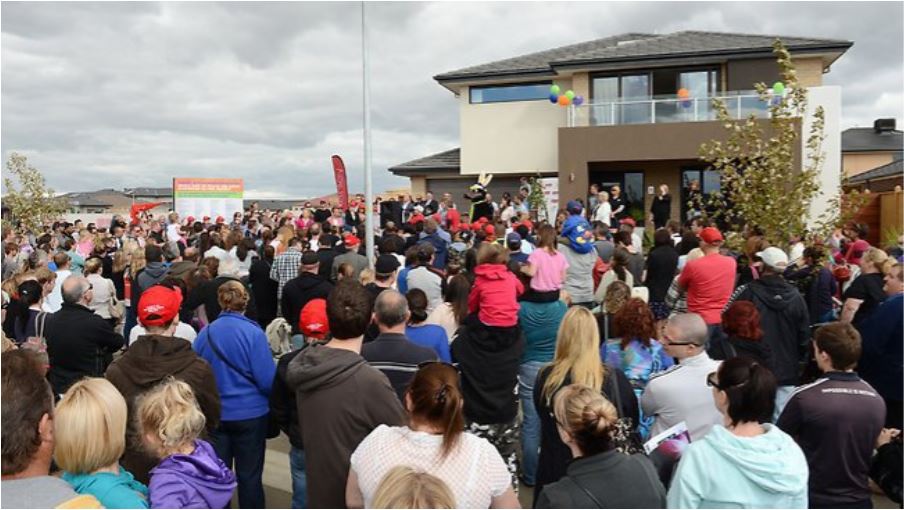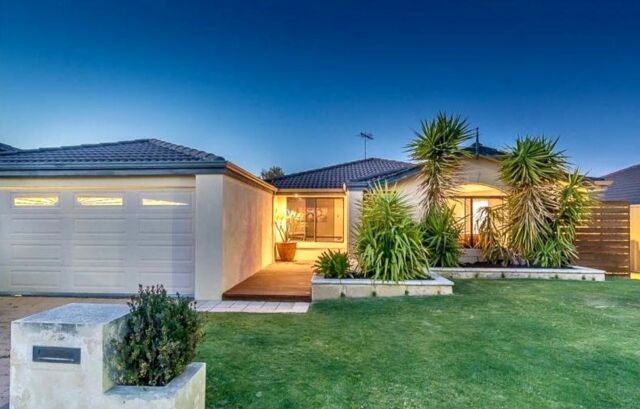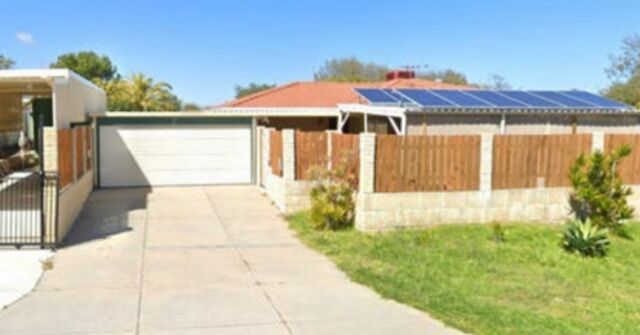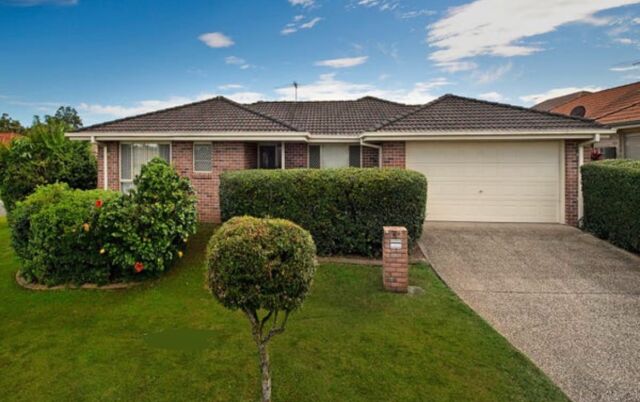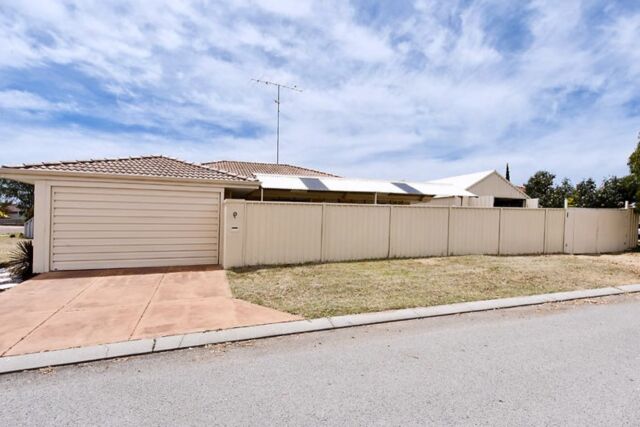The strong property price growth over the past year in particular has resulted in many smiles amongst existing property owners and investors.
However, with most locations around the nation recording higher property prices than a year ago, some potential buyers and investors are worried they may have missed their opportunity.
Of course, the best time to buy property is when you are in the financial position to do so and have access to the finance to make it happen – regardless of what market conditions are doing.
That’s because real estate has a long and proven history of price growth over the decades.
So, if you’re wanting to stake your claim on the market or add to your existing portfolio sooner rather than later, here are four ways to make it happen.
1. Use a guarantor
Many first-time buyers struggle to save a big enough deposit to buy a property.
This has happened throughout history, regardless of where they live.
This is simply because it is tough to save a decent deposit when you are also paying for rent and living expenses, plus you have to contend with prices increasing possibly faster than your ability to save.
That’s why many first timers opt to have a guarantor for their first home loan.
This is someone, often their mum or dad or another family member, who uses a portion of the equity in their own properties to secure the finances for the loan.
Over time, this guaranteed portion can be released once the loan has been paid down or the property has increased in value sufficiently.
2. Save a smaller deposit
The Holy Grail of deposits is 20 per cent of the price, but, in reality, most first-time buyers don’t have that percentage when they purchase a property – and they don’t need it either.
That’s because banks will generally lend up to 95 per cent of the purchase price for approved borrowers.
However, there is a caveat to this strategy, which is the payment of Lenders Mortgage Insurance or LMI for people borrowing more than 80 per cent.
The thing is, LMI is an expense that is often worth paying, or adding to your loan, if it makes the difference between being able to afford to buy a property or not.
For example, the LMI on a $500,000 property with a 90/10 loan-to-value ratio, or $50,000 deposit, is about $8,700 for an owner-occupier and about $10,000 for an investor for first-time buyers.
Compare this to the fact that you would need to save another $50,000 to get to that magical 20 per cent figure, which will probably take a few more years, and you can see why paying LMI often makes more financial sense.
In the meantime, the LMI that you have paid has likely already been surpassed by the value uplift in the property.
3. Use equity
For existing property owners, the strong market conditions over the past year (and previous years, too, depending on location and asset selection) has resulted in more equity.
This equity can be reused to purchase another property to add to their portfolios.
For example, someone with a property valued at $800,000, but with a $400,000 home loan, has at least $200,000 in equity they can use to purchase another property, or even two, depending on the purchase price.
Another strategy is to increase the loans on existing properties back up to 90 per cent to extract even more equity to use.
There may be an LMI cost to this, but as I outlined before, the potential for capital growth on additional properties is likely to far exceed the fee paid to do so.
4. Look at affordable properties
We’ve been strong proponents of purchasing affordable property around the nation for a long time now.
Whereas plenty of people, and experts, remained fixated on buying blue chip in Sydney or Melbourne, we always recognised there were plenty of more affordable opportunities not only in those cities, but also around the nation.
In fact, we’ve been buying into more affordable capital cities interstate, as well as major regional areas, for our clients for a number of years now.
Those properties have generally seen robust uplifts in price over the years as well as having long-term tenants in place.
These results were even before the pandemic, when half of the country seemed to realise that you don’t have to live in one of our two biggest cities or pay exorbitant prices either to buy or invest in property either.



